Pacific Northwest Project Resources:

Beach-building (accretion) and erosion are natural processes. The desire to live and build structures on our coastlines exposes our homes, roads, commercial and industrial facilities, shipping ports, marinas, and other buildings to shoreline erosion.
Why do we care about the erosion along our coasts?
Our coastlines are currently home to 40% of the U.S. population. There is a long trend of higher growth on the coasts. The coastal area of the U.S. is twice as developed as the rest of the country: 8.8%, versus 4.09% of the interior.
As global sea level rises, wave action and storm surge increase the likelihood of extensive coastal erosion. It is estimated that coastal erosion currently costs roughly $500 million per year for U.S. coastal property loss, including damage to structures and loss of land. As our climate continues to change, the increasing frequency of extreme weather threatens our shoreline communities.
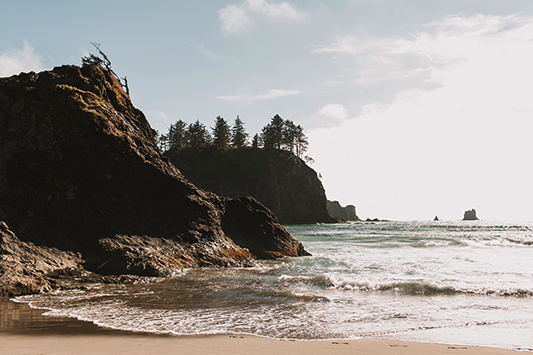
Commercial salmon fishing, whale watching, and ecotourism are key industries.
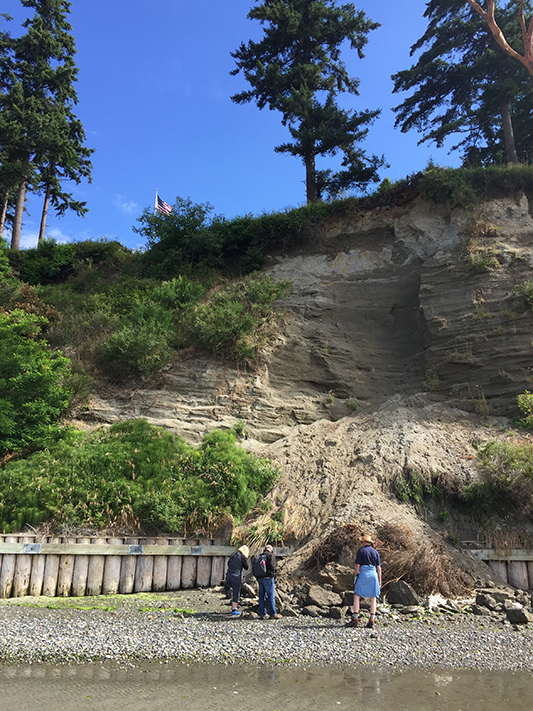
Our coastlines are currently home to 40% of the U.S. population. There is a long trend of higher growth on the coasts.
The rugged coast of the Pacific Northwest is home to an array of diverse wildlife and dense vegetation. This rich ecosystem is vital not only to the health of the region’s estuaries and oceans but also to the local economy. The Pacific Northwest’s stunning natural beauty draws visitors from all over the world, and it is currently one of the fastest-growing areas of the U.S. Commercial salmon fishing, whale watching, and ecotourism are key industries.
Though the coastlines of Washington and Oregon are not subject to the aggressive erosion more commonly seen on the East Coast, some of Puget Sound’s south-facing beaches and sand spits can experience flooding and land loss. As the demand for coastline housing and industry increases, the Pacific Northwest is taking steps to preserve its beaches and the marine ecosystems that call them home.
The coasts and estuaries of the Pacific Northwest enjoy a great deal of natural protection by marine vegetation, gravel beds, and drift logs. All of these features absorb the energy of breaking waves, lessening their impact on the shoreline. In sections of the coast threatened by erosion, leaving these natural buffers in place is the key to preserving beaches. Construction, grading, and watersports can often displace the features that anchor coastlines, accelerating erosion and inhibiting natural accretion.
In response to the recent population boom, several counties along Puget Sound are taking steps to prevent damage to its shorelines. To mitigate the need for erosion-prevention measures, officials have mandated that new construction must occur a minimum distance from the waterline. In areas heavily impacted by erosion, recent legislation offers residents incentives to restore their properties’ shorelines naturally. While traditional methods, like bulkheads and seawalls, can harm local salmon populations by interfering with migratory patterns, living shorelines slow erosion by restoring the ecosystems that absorb storm surges and anchor beaches.


Where it is feasible, returning our coastal estuaries and shoreline to a natural, undeveloped state can increase the resilience to storms, flooding, erosion, and other threats to these communities. Coastal wetlands are well known to be natural sponges that absorb floodwaters, putting the brakes on destructive wave action, and mitigating coastal erosion. Natural shorelines buffer storm surges, sequester carbon and other pollutants, and support a healthy habitat for commercially and recreationally important fish species.
Living shorelines, soft shore protection, Green Shores for Homes, and other hybrid approaches are nature-based solutions to coastal erosion that can mimic nature while protecting your property and increasing critical habitat for marine species. Coastal restoration projects may replace a seawall or bulkhead with a natural beach, soft shore protection, salt marsh bordered by an oyster reef, or similar structure. One study found that living shorelines removed more than 50% of nitrogen from the water, and more was removed as sites matured.
Living shorelines are natural solutions to coastal erosion.
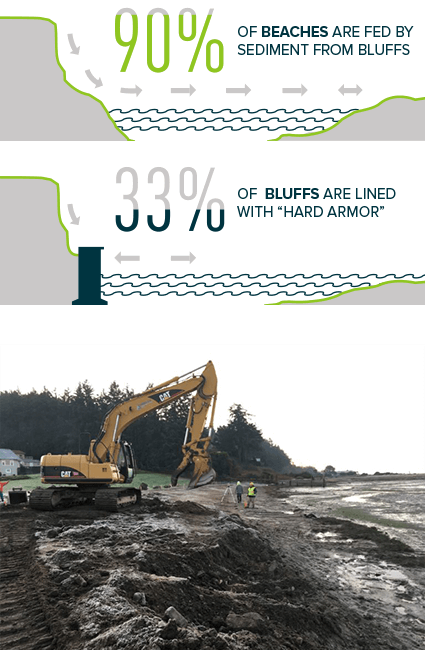
Protecting coastal communities has become increasingly important as the population grows and sea levels rise. However, shoreline hardening has harmful impacts on wildlife and fish habitat. One study found that seawalls supported 23% lower biodiversity and 45% fewer organisms than natural shorelines.
Soft shore protection, or living shorelines, is a natural approach to reduce erosion and flooding, while also creating or maintaining habitat. Living shoreline projects may replace a seawall or bulkhead with a natural beach, soft shore protection, salt marsh bordered by an oyster reef, or similar structures.
One study suggested that marshes protect shorelines from erosion better than bulkheads. It found that Hurricane Irene damaged 76% of bulkheads surveyed, while very little or no damage was found in marshes protected by living shorelines.
If you live on the shoreline, you will find a softer shoreline to be more beautiful and resilient than a bulkhead. They are also much cheaper to install and maintain than hard structures such as bulkheads and seawalls. Living shorelines are often more effective if they stretch along an entire beach rather than just one property. Consider connecting with your neighbors to build living shorelines. If you do not live on the shoreline, consider volunteering to help with projects to restore coastal areas, such as planting marsh grasses and removing invasive plants.
A marsh sill is a type of low-profile stone structure used to contain sand fill to create a newly planted marsh that dissipates wave energy so that the marsh can establish and help reduce erosion farther inland.
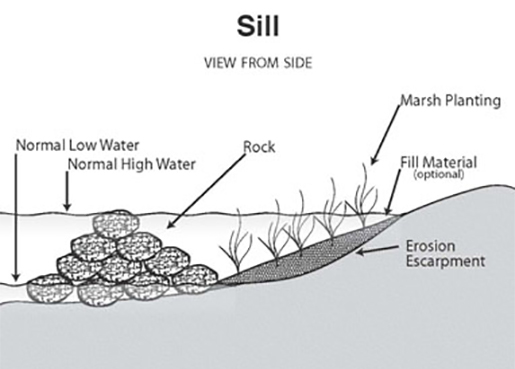
North Carolina Environmental Quality
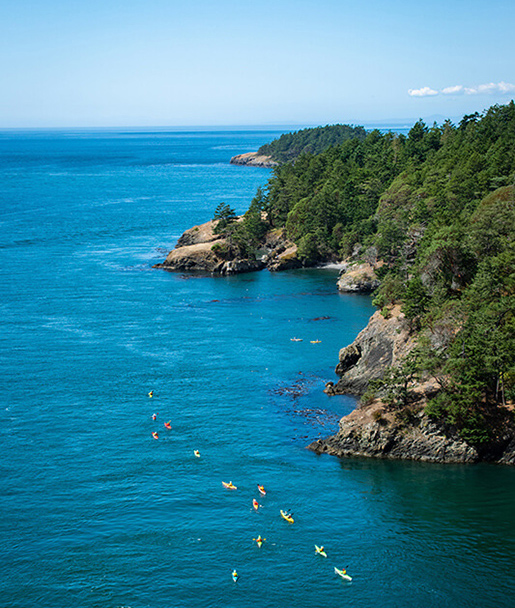
Kayakers trace the shoreline.
We need your help to improve the Toolkit by completing our easy, 3-minute survey. Your insight is valuable to us.